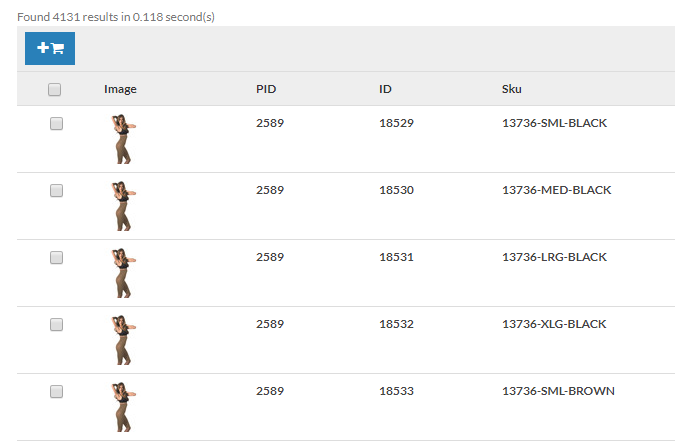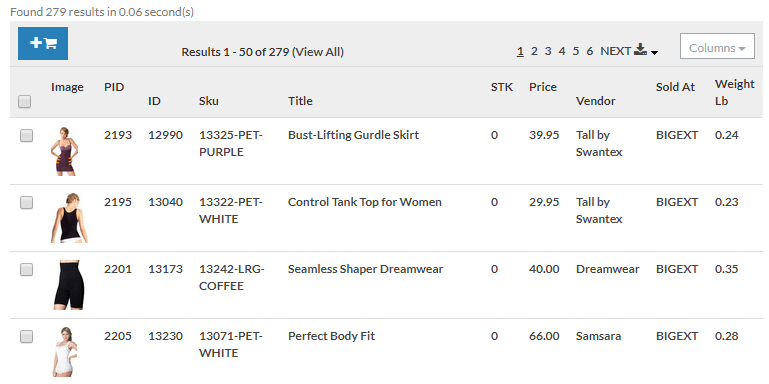.png?width=640&name=Untitled%20design%20(10).png)
A stock keeping unit or SKU is an alphanumeric code used to track and manage a product. When you have an inconsistent SKU system, it’s easy to lose sight of stock or confuse one product from another.
Your warehouse team might have a totally different numbering system than your operations team, thus resulting in
Divide Your SKUs with Multi-Level Identifiers
Investopedia recommends up to eight digits or characters, divided by specific identifiers. Your “top-level identifier” can be the first series of digits or characters of your SKU. Some companies use 2 or 4 digits as their top-level identifier.
For example, “PROD” in the SKU “PROD101_blue" will be the top-level identifier, which can mean a specific category, product line or some other designation you’d prefer.
The next level, 101, can be related to the product type itself, and the “blue” will be a variation attribute or soft option. You can technically add more identifiers before and after 101 depending on how specific you want the SKU to be, as long as you establish this rule across the board for all your products.
If you do not want to use identifiers at the category level, you can use the top-level code for the main product itself.
Here is an example from BigCommerce - SKUs for Logo T-shirts:

What ultimately matters is consistency across all your SKUs, no matter what designation or number of levels you select. This type of numbering system not only helps the
By clearly defining your SKU identifiers and using a logical pattern, you can create a good SKU numbering system that helps improve fulfillment speed and inventory accuracy.
Set Rules on SKU Variations and Specific Attributes
We recommend assigning a name and number after your top-level identifier(s), followed by the differentiating aspect that identifies the variation, such as color.
In our example, "PROD101_blue" can easily be differentiated by "PROD101_red" and so on. If you want to add another attribute, you may follow this up with another identifier.
One example, with size, can look like "PROD101_blue_small", "PROD101_blue_medium", and "PROD101_blue_large".
Here is an example from a seller using Jazva:

Avoid Using Confusing Characters
While it's tempting to assign pure numbers or random characters to your SKUs, you have to think about your strategy to benefit your team in the long run. Remember, this system is there to improve operational efficiency through smart, intuitive design.
Avoid using auto-generated SKUs, and make sure your identifiers are easily recognizable. Stay away from using characters that can be easily confused with other characters when placed in a specific sequence.
For instance, we recommend against using "0" and the letter "O" in your SKUs. Your picking staff can get this wrong easily when quickly scanning through inventory.
Also, stay away from characters, such as "<" and ">" when establishing your SKUs. These types of symbols can easily confuse software programs, as well as people who are manually sifting through inventory.
Here's another example in Jazva:

Final Thoughts on How to Use SKU
Creating a stock keeping unit system that works for your company requires careful planning, but when you implement these best practices, you can enhance operational efficiency
Paired with a robust inventory management system, you can set up a clean infrastructure of SKUs and encourage proper communication across departments. Not only do you improve your profits down the line, but you also encourage teamwork and maximize efficiency.
Read more about inventory management






